Pictures of Head Lice
Head lice are a common issue, especially among children, but identifying these tiny parasites can be challenging without knowing what to look for. This visual guide provides you with detailed information on the life stages of lice, what super lice are, and how to effectively check for an infestation using images as your primary reference. Let’s dive into what each stage of lice looks like and how you can recognize them in real life.
The Life Cycle of Lice: What to Look For
Head lice have a distinct life cycle that includes three stages: nit, nymph, and adult louse. Each stage has its own unique appearance, making it essential to know what to look for when
1. Nits (Eggs)

Nits are the eggs laid by adult female lice. They are tiny, about the size of a knot in thread, and are typically found attached to the hair shaft close to the scalp. Nits can be yellow, tan, or white and are often mistaken for dandruff. However, unlike dandruff, nits are firmly attached to the hair and cannot be easily brushed off. They usually hatch within 8-9 days.
2. Nymphs (Immature Lice)

Nymphs are newly hatched lice that emerge from the nits. They look like smaller versions of adult lice but are more difficult to spot due to their size. Nymphs are usually light in color and start feeding on blood immediately after hatching. Over the next 9-12 days, they mature into adult lice.
3. Adult Lice

Adult lice are the most visible stage of the lice life cycle. They are about the size of a sesame seed, with a tan to grayish-white color. Adult lice have six legs equipped with claws that allow them to grasp onto hair. Female lice can lay up to 10 eggs a day, perpetuating the infestation if not treated promptly.
What Do Super Lice Look Like?
Super Lice
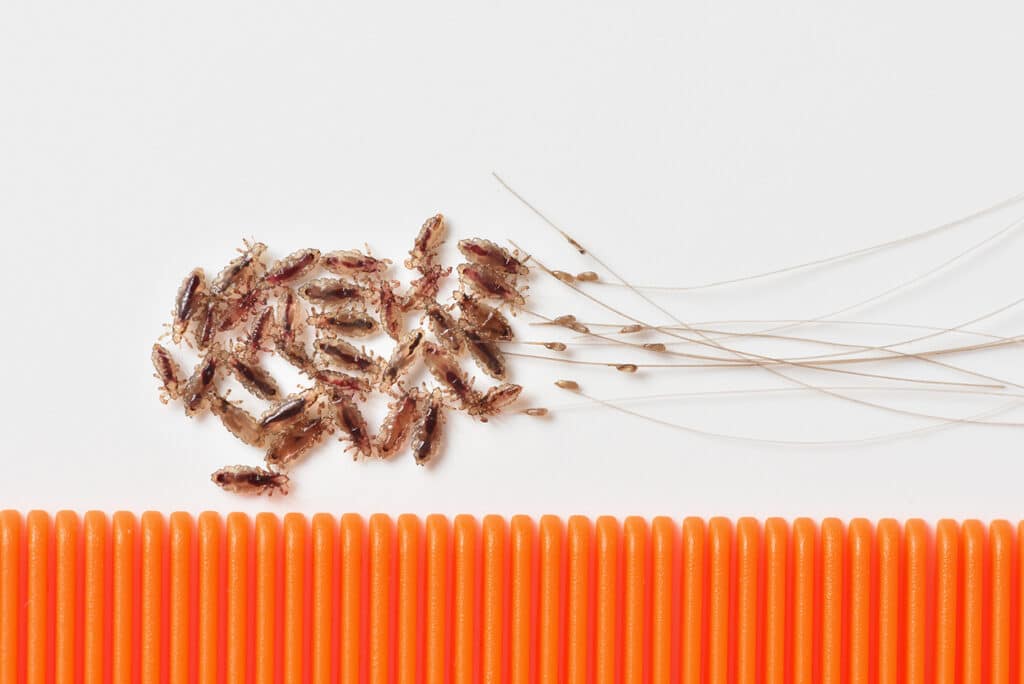
Super lice look exactly like regular head lice—they are not larger or different in color. The only difference lies in their resistance to traditional over-the-counter treatments. Super lice have developed a genetic resistance to the pesticides commonly used in lice shampoos, making them harder to eliminate. However, visually, there is no discernible difference between super lice and regular lice.
Is This Lice? Lice Infestation Photos
If you’re unsure whether what you’re seeing is lice, this section will help you identify the telltale signs of an infestation.
1. Recognizing Nits
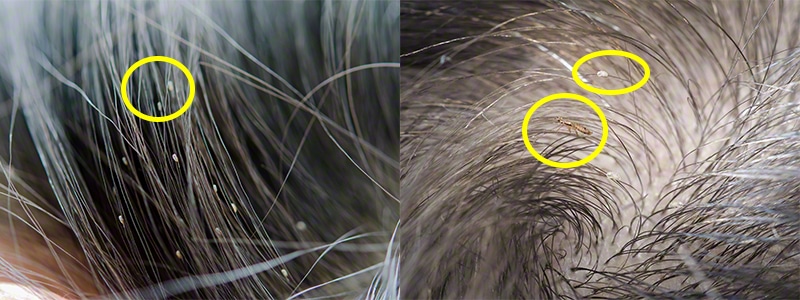
Nits are usually found within 1/4 inch of the scalp. They are oval and are glued to the hair shaft. If you find what looks like tiny beads stuck to the hair, you’re likely looking at nits. Checking behind the ears and along the neckline is particularly important, as these are favorite spots for nits.
2. Identifying Lice Activity
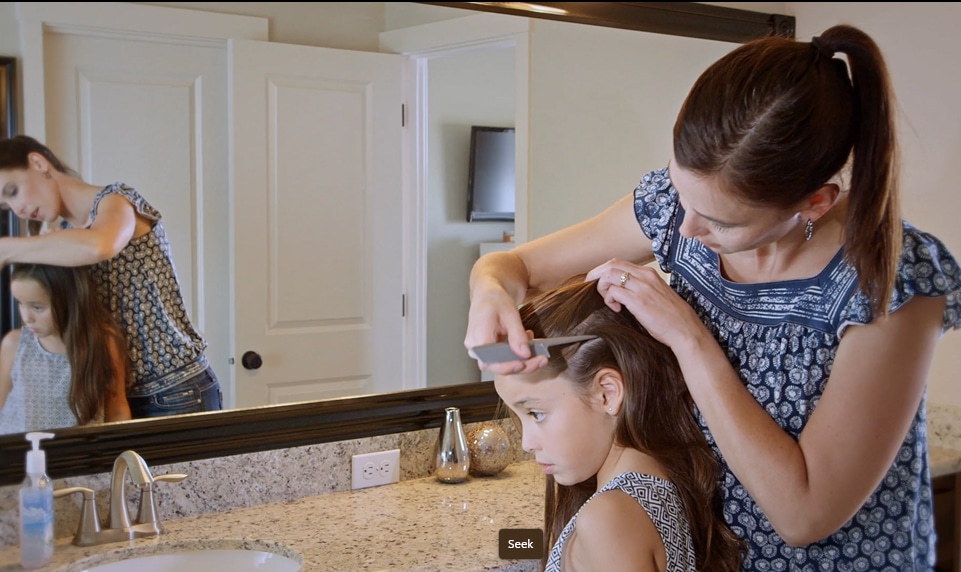
Part the hair in small sections and examine the scalp and hair close to the roots. Lice move quickly, so spotting them can be tricky. Look for anything that appears to be crawling. Nymphs are smaller and lighter in color, while adult lice are larger and more visible.
3. Inspecting Hair Shafts
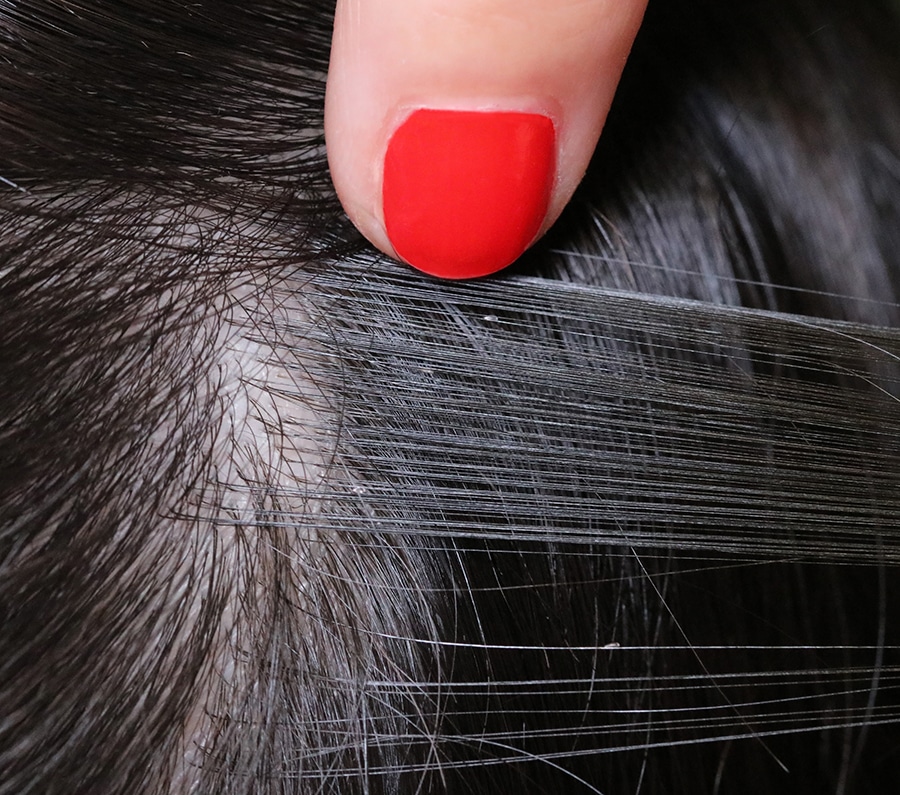
Nits are usually found attached to hair strands, while adult lice can often be seen crawling along the hair shaft or scalp. Use a fine-toothed comb to inspect the hair carefully, particularly in the nape of the neck and behind the ears.
How to Conduct a Thorough Lice Check
1. Start with Clean, Dry Hair
Begin by washing and drying the hair. Lice are easier to see on clean hair. Part the hair into small sections to ensure you can examine each area thoroughly.
2. Use a Nit Comb
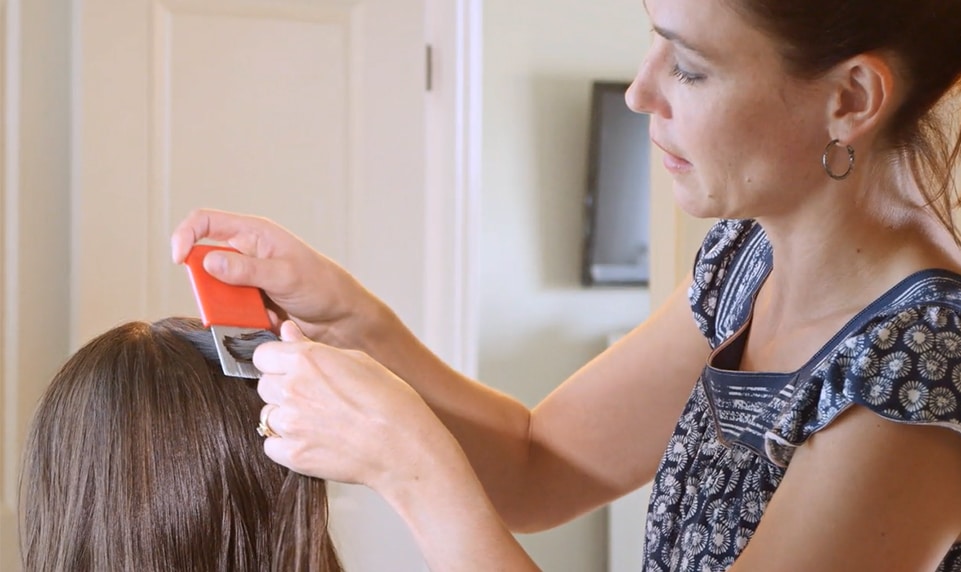
A nit comb is essential for a thorough inspection. Slowly run the comb through small sections of hair, starting at the scalp and pulling it all the way to the end of the hair strand. After each pass, inspect the comb for any lice or nits.
3. Pay Special Attention to Key Areas
Lice prefer warm, dark environments, so they often congregate behind the ears and at the nape of the neck. Make sure to carefully check these areas for signs of lice or nits.
What to Do If You Find Lice
Finding lice can be unsettling, but the key is to act quickly and thoroughly. Here’s what you should do if you confirm a lice infestation:
1. Start Treatment Immediately
Begin treatment as soon as possible to stop the lice from spreading. The Licefreee Kit is an excellent choice for a complete treatment solution. It includes Licefreee Spray, which kills lice and nits on contact without using harsh chemicals, and a fine-toothed nit comb to remove nits and dead lice from the hair.
2. Treat All Affected Family Members
It’s crucial to treat everyone in the household who has lice. Lice spread quickly, especially among family members, so ensure that everyone is checked and treated if necessary.
3. Clean Your Home
After treating your family, thoroughly clean your home. Wash all bedding, clothing, and personal items that may have come into contact with lice. Use hot water and high heat to kill any lingering lice or nits.
4. Recheck and Retreat if Necessary
After the initial treatment, recheck the hair after 7-10 days. If you find new lice or nits, it may be necessary to repeat the treatment to ensure all lice are eliminated.
By familiarizing yourself with the different stages of lice and what to look for, you can catch an infestation early and take the necessary steps to treat it. Regular checks, especially during peak lice season, can help prevent a full-blown infestation. If you do find lice, remember that prompt treatment and thorough cleaning of your home and belongings are key to getting rid of these persistent pests.
